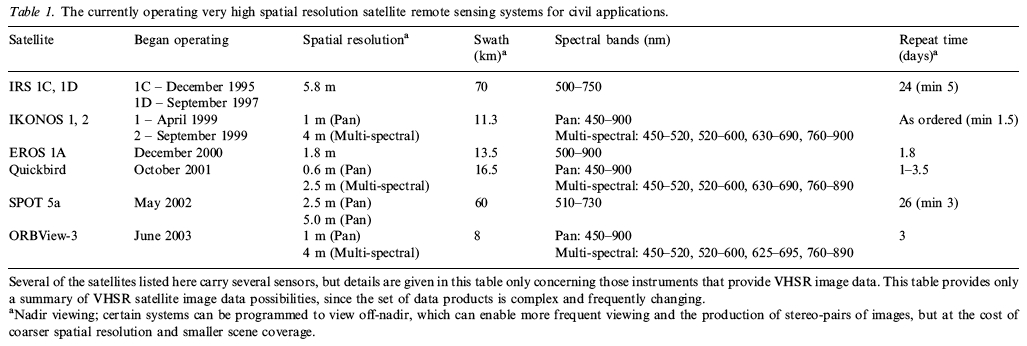



Landsat Program Timeline
|
|
|
| 1 (0.45-0.52 Ám) [visible-blue region] |
|
| 2 (0.52-0.60 Ám) [visible-green region] |
|
| 3 (0.60-0.69 Ám) [visible-red region] |
|
| 4 (0.76-0.90 Ám) [reflective near-infrared] |
|
| 5 (1.55-1.75 Ám) [reflective mid-infrared] |
|
| 6 (10.4-12.5 Ám) [thermal infrared] |
|
| 7 (2.08-2.35 Ám) [reflective mid-infrared] |
|
